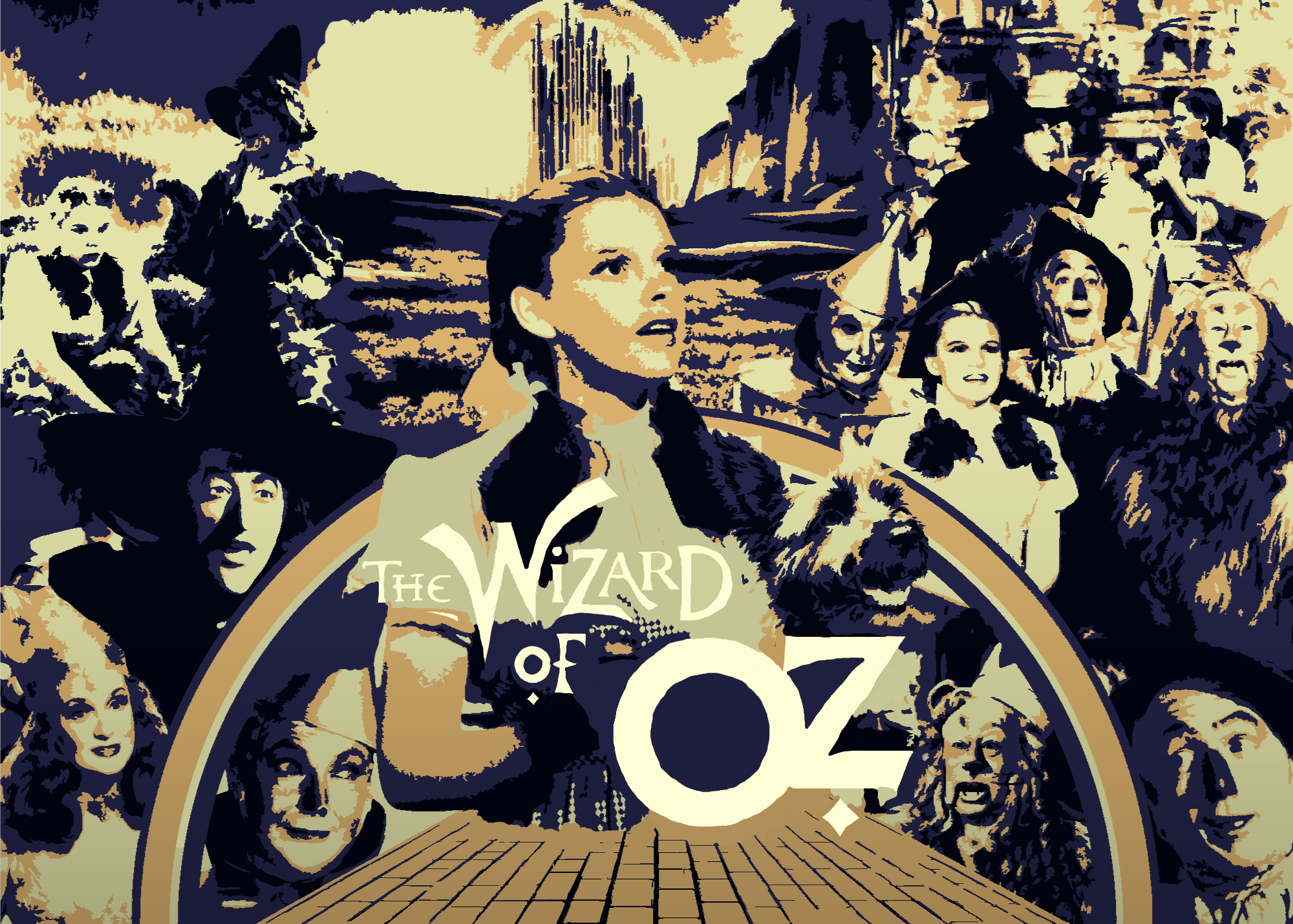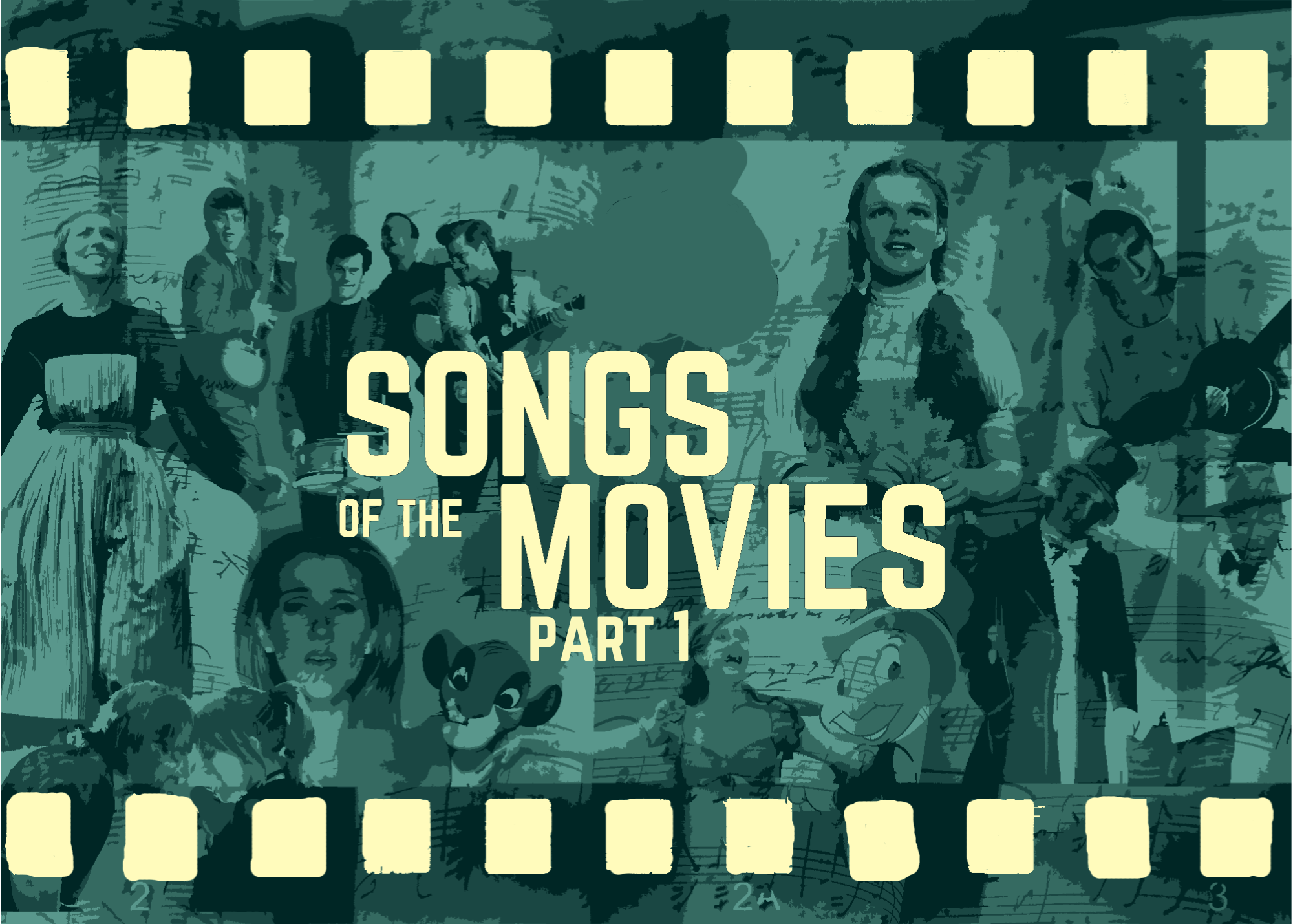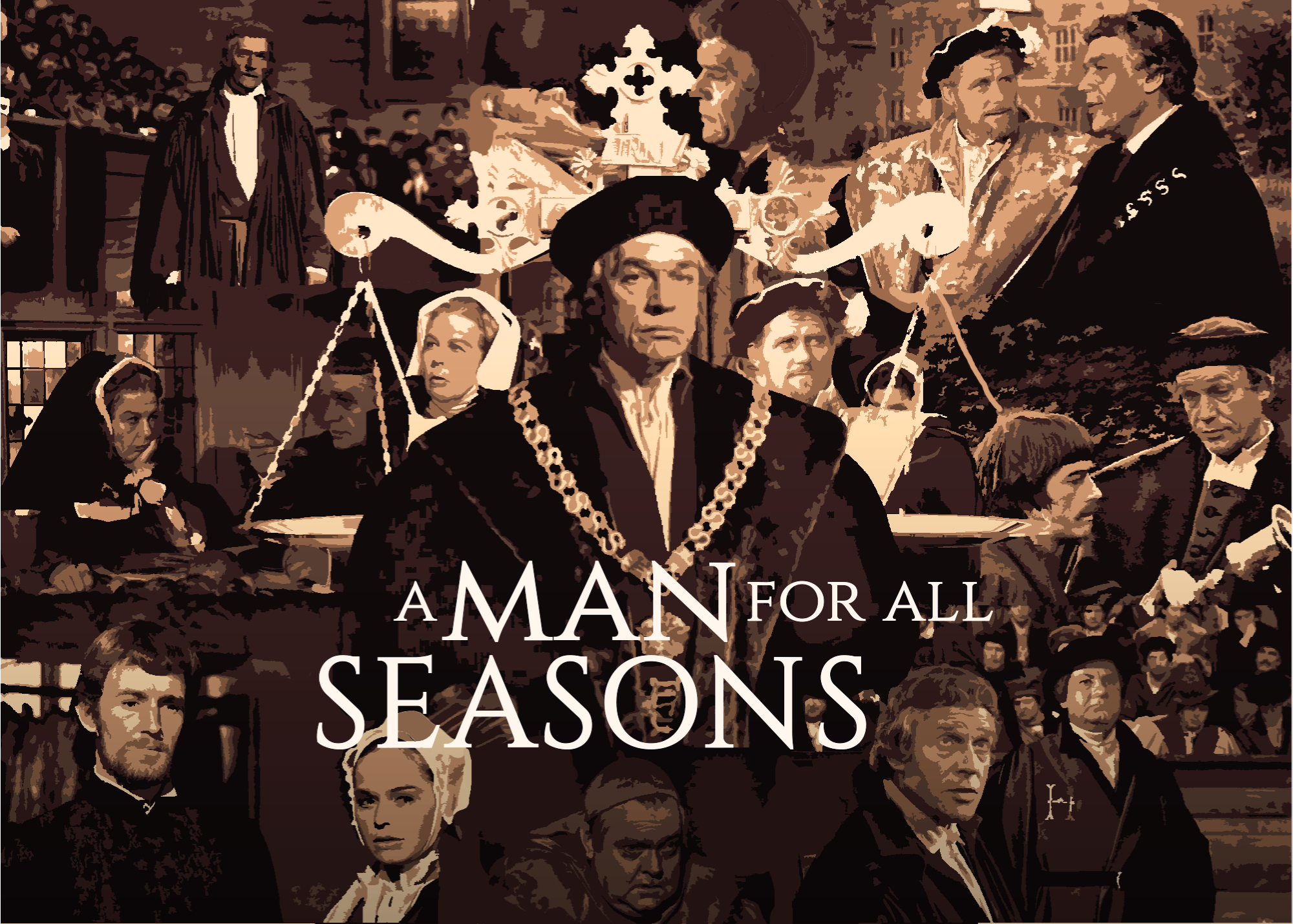Review: Flying Saucers, Deadbeat Dads, and "Close Encounters of the Third Kind"
Spielberg blends introspection and the great beyond in this 70s sci-fi classic.
ClassicWhen he was 19, Steven Spielberg’s parents told him they were getting a divorce. His father had funded his film Firelight the year before, but the two were not close. Spielberg described his father as a “salt of the earth” man whose schedule did not allow familial bonding. It was his mother who had his heart.
Spielberg's had an affair with his father’s best friend, for whom she was leaving him. The first time he ever saw his father cry was around the family dinner after discovering the affair. Enraged by his father’s inability to keep the family together, Spielberg shouted at him, “Crybaby!”
As Roy Neary sits in his bathtub, fully clothed and drenched with water, his son, facing an increasingly deteriorating household in the face of his father’s growing obsessions, comes to the door. Seeing him in shambles, assured by a wife torn between frustration and affection, he snaps and calls him a “Crybaby.”
Close Encounters of the Third Kind is not the only Spielberg film to tackle inadequate fathers, but it is best at balancing the pain of Spielberg’s past with a story sincere to the loss of family and the brewing phenomenon its protagonist encounters.
When a UFO flies over Roy’s car and burns his face with its lights, he gives chase, ultimately joining a group of townspeople who witness three such objects soar overhead before disappearing into the night sky. The experience imbues Roy with a psychological calling, the invitation extended by the extraterrestrials just as inevitable for him as destructive for his family.
He constructs his visions out of mashed potatoes, throws dirt and brick through the windows to build them in the living room, and isolates his family as obsession consumes him. You can feel a search for meaning to the father’s detachment and ultimate failings, and in the story, Spielberg finds it. We cannot quell our curiosity, built on colorful lights and events both captivating and seemingly sinister.
After all, what reason could there be for ripping a toddler from his home? Why do those lights burn? Why does the aliens' calling infect the mind? We always feel that mystery, but the film never allows us to unfold it for ourselves. It is by its will or not at all that we understand the bigger picture.
Roy is not merely a man of his environment. He begins the film tightly wound and laser-focused, forsaking his son to zero in on a train set he has sprawled out in the living room. Roy angers his wife by layering her table with the very things he swore not to clutter it with and makes promises to avoid conflict, always forgetting them despite their meaning to his family. He is obsessive and neglectful. While the encounter gives him a greater purpose than his small Indiana town, it does not create him, only exacerbates him.
In making Roy a product of his reality as much as the one that beckons him, every step feels truthful. Since he does not break from our curiosity and anticipation, nor do we: that humanity makes the film tangible, whether it’s grappling with domestic dramas or tackling the overarching concepts that impede the path to truth.
We behave as though each generation invents the ideas on which it thrives; in reality, they are mere maturation. Flower children were just as skeptical of government as Generation Z, and just as willing to accept their claims as fact if fear was too great an influence to maintain solidarity. Roy and Jillian soldier through barricades to seek the truth they know lies behind Devil’s Tower but put on gas masks as they pass through a field of incapacitated cattle nonetheless.
It is always those with the most to say that go unheard. We chase recognition as part of things we do not understand because being one with the many is too enticing to sacrifice. For those with direct knowledge and first-hand experience, wisdom loses its virtue. As they struggle to speak over those with ill intent or little to offer, watching as they muddy waters only the knowing have seen clearly, frustration mounts. We cannot expect people in power to take us seriously if we are bound to a collective that spews the nonsense that justifies secrecy.
We write people off and question their credentials for not speaking our language. It is a tried and true method of discrediting: getting told what we do not want to hear or do not understand and dismissing it based on language barriers. Those same barriers turn critical global developments into a game of telephone where comprehension is impossible if the sounds are unfamiliar. One man must translate for another, who translated for another, and so forth. We believe words most when they come from those who speak as we do, but sometimes relaying the message requires patience we do not possess.
Governments are not of, by, or for their people. They get built by, maintained for, and work on behalf of the wealthy. Big business and mainstream media construct governments and smirk as they misinform the masses to further their ends. Perhaps they seek to galvanize support, but they could just be keeping us from a truth only a select few have gotten chosen to understand. Even in the face of Roy’s destiny, bestowed on him by the very beings the government seeks to establish contact with and understand, the truth remains a perceived fiction.
Our obsessions are dangerous, not always to life and limb but sometimes to the things we care for most without realizing it. We care for family, the security of having loved ones near, people whose roles are necessary regardless of the circumstances. We crave familiarity, the routine of consistent feelings and emotions stemming from what we know will happen every day. In diving deep into what isolates us from that familiarity, we discover the unfamiliar, which often proves too alluring to forgo. The grass does not look greener because we water it more; it appears that way by contrasting routine.
It would be easy to isolate these ideas and grant them each a scene, but Close Encounters makes each one a reality of its story and a necessary stepping stone to its furthering. Roy’s obsession is a calling, but it is also a product of roadblocks he cannot control. The government would shroud its operations in secrecy, and regardless of their correctness in doing so, such secrecy invites investigation. Roy is already a man of sharp focus and intent, but setting him up for failure inspires a man like him to meet the occasion, not cower in the face of its seeming superiority.
Close Encounters cannot keep itself from cliche entirely. It throws a random companion in towards the end, who exists solely to add stakes to the ascent of Devil's Tower and whose fate is apparent the moment he gets introduced. It has its protagonist kiss the woman to whom this journey has bonded him despite a lack of narrative or thematic necessity and zero romantic chemistry.
Despite these rare miscues, it remains a movie devoted to ideals and more intriguing than other alien invasion movies. It does not lecture us on how we treat our planet, even if such a message was both prescient and necessary. It does not open a hole in the sky and rain destruction to give a collection of mediocre heroes a chance to save humanity. It does not sail a massive ship over the world’s major cities and vaporize millions of people, subjugating humanity ironically close to its independence day.
It presents a side of the coin occasionally explored but rarely appreciated: what if they are here, and that is all there is to it? Maybe they came to learn from us, teach us, warn us, protect us, receive protection from us, or only meet us. Maybe they found us entirely by accident, were shocked to discover us, and lingered to understand our purpose. They can be friendly and safe, without nefarious intent or even intent at all. If there is life out there, a safe road to it may appear, one where the finger ultimately points more at ourselves than the great beyond.
In that idea rests our faults: deceit, obsession, abandonment, lack of credibility, exploitation, and distrust. We are the problem, and our close encounters could be just as much a unifying force as the destructive one often portrayed. Oddly, the solution could be one of those faults. It could be stepping into the unknown, satisfying our curiosities, and resolving our obsessions. Roy entering the craft is both a director trying to understand his father through the purpose he grants his protagonist and a truthful conclusion to the story.
Close Encounters of the Third Kind is a film of and about many things, but what resonates most is that art imitates life and, behind a sure hand, does so to great ends. It compels us regardless of how much or little it has to say but then shows it has more to say than we thought.
It does it with visuals: vivid, welcoming color against seeming evil. It does it with performances: all tortured, manic, desperate, and resolved. It does it by setting itself in the Midwestern plains, whose emptiness works in contrast to the film's thematic ambition. But it does it most in Spielberg’s interpretation of that ambition's meaning against a family breaking under its pressure. Roy has everything he could want but chases after things that tear it apart. Just as Spielberg's mother kept his heart, Roy’s wife leaves with the kids.
We have all felt the sting of parental detachment, whether through abandonment, neglect, misunderstanding, or the natural distance that comes when life comes knocking. Parents must work, maintain the household, and attend to each child with equal care and concern while tending to one another, safeguarding their relationship while overcoming tests that sometimes only one can pass. Veering down the wrong course can inspire empathy.
After all, we recognize what Roy is doing to his family, but we never care enough to hope he stops chasing the truth. If we cannot forgo our curiosity to hope he ceases his exploration, how can we condemn him for pursuing it despite the costs? Perhaps Spielberg felt it was his father’s calling to do what he did, and in that lies a tragedy that makes one of the world’s most enviable figures a sympathetic one instead. It also holds a great truth of movies: life makes movies great, and the more earnestly a creator embraces that, the closer our encounters will be.
.png)
92
Director - Steven Spielberg
Studio - Columbia Pictures
Runtime - 135 minutes
Release Date - November 16, 1977
Cast:
Richard Dreyfuss - Roy Neary
Terri Garr - Wanrong
Melinda Dillon - Reginald Johnston
François Truffaut - Claude Lacombe
Bob Balaban - David Laughlin
Editor - Michael Kahn
Cinematography - Vilmos Zsigmond
Screenplay - Steven Spielberg
Score - John Williams

%20(13%20x%206%20in)%20(13%20x%204%20in).png)



































.png)






.png)